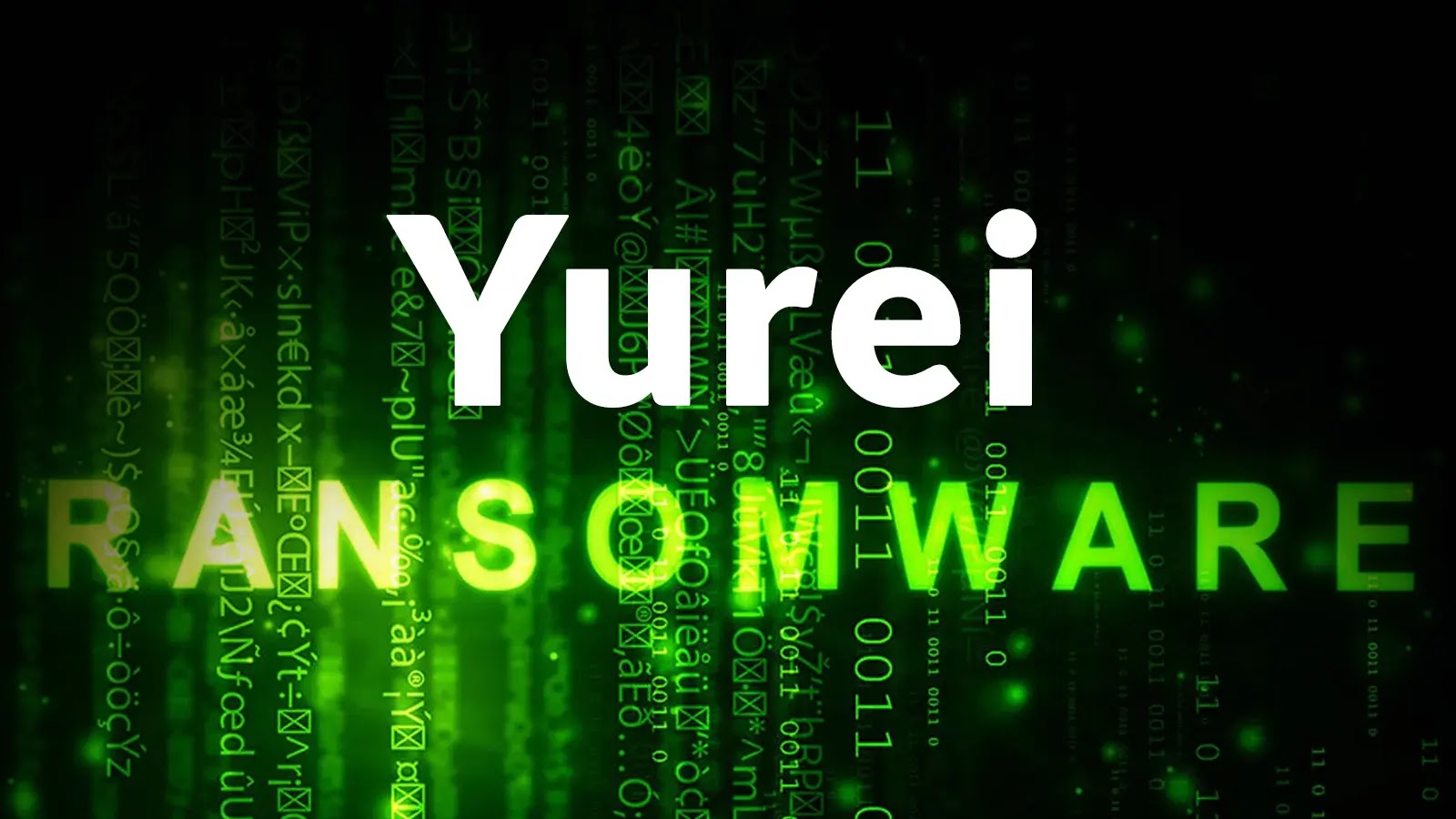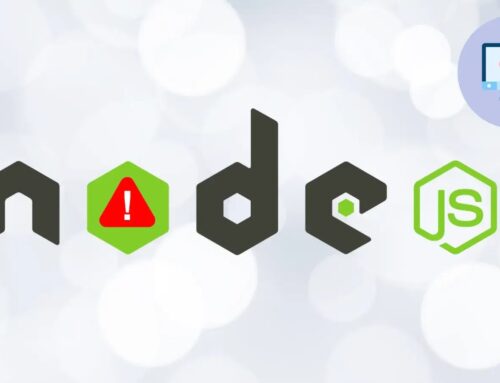
New Yurei Ransomware With PowerShell Commands Encrypts Files With ChaCha20 Algorithm
The cybersecurity landscape has recently witnessed the emergence of a new and particularly insidious ransomware variant: Yurei. First documented in early September 2025, Yurei distinguished itself almost immediately through its sophisticated blend of Go-based execution and robust ChaCha20 encryption. Its initial strike against a Sri Lankan food manufacturer on September 5 sent a clear signal to the security community: Yurei is a serious threat deploying a double-extortion model, not just encrypting critical data but also exfiltrating sensitive information for additional leverage. Understanding its mechanisms and proactively fortifying defenses is paramount for any organization.
Understanding the Yurei Ransomware Attack Vector
The Yurei ransomware operates with a notable level of technical sophistication. Its core functionality is built upon the Go programming language, a choice favored by modern threat actors for its cross-platform compatibility and ease of compilation into independent binaries. This allows Yurei to execute effectively across various operating systems, broadening its potential victim pool. A critical component of its attack chain involves the liberal use of PowerShell commands. These commands are instrumental in automating various stages of the attack, from initial reconnaissance and disabling security features to launching the final encryption routine.
The initial compromise often leverages common attack vectors, such as phishing emails with malicious attachments or exploiting unpatched vulnerabilities. Once a foothold is established, Yurei uses PowerShell for tasks like:
- Disabling antivirus and anti-malware software.
- Identifying and enumerating network shares and accessible files.
- Establishing persistence on the compromised system.
- Initiating the encryption process across targeted directories.
ChaCha20 Encryption: A Formidable Challenge
At the heart of the Yurei ransomware’s impact is its choice of encryption algorithm: ChaCha20. This stream cipher is renowned for its speed, security, and resistance to cryptanalytic attacks. Unlike some older ransomware variants that might suffer from weak or flawed encryption implementations, Yurei’s use of ChaCha20 means that without the decryption key, data recovery is virtually impossible. This emphasizes the critical importance of robust backup strategies and incident response plans.
The encryption process is typically executed rapidly, targeting a wide array of file types crucial for business operations, including documents, databases, backups, and media files. The speed of ChaCha20 ensures that a significant volume of data can be rendered unusable in a short timeframe, maximizing the disruption for the victim organization.
The Double-Extortion Tactic: Increased Leverage for Threat Actors
The Yurei ransomware group quickly adopted the increasingly prevalent double-extortion model. This strategy involves two distinct phases of attack to maximize the pressure on victims to pay the ransom:
- File Encryption: The primary action, rendering critical data inaccessible through ChaCha20 encryption.
- Data Exfiltration: Prior to encryption, sensitive data is stolen and exfiltrated from the victim’s network. This data can then be threatened with public release on leak sites if the ransom is not paid, adding an extra layer of leverage.
This approach significantly increases the stakes for victim organizations, as the potential consequences extend beyond operational disruption to severe reputational damage, regulatory fines, and loss of competitive advantage due to intellectual property theft.
Remediation Actions and Proactive Defense Strategies
Defending against advanced threats like Yurei requires a multi-layered, proactive approach. Organizations must prioritize both preventative measures and robust incident response capabilities.
- Regular Backups: Implement comprehensive, immutable backup strategies for all critical data, ensuring backups are stored offline or in a segmented, secure environment. Regularly test restoration procedures.
- Principle of Least Privilege: Enforce strict access controls, granting users only the necessary permissions for their roles. This limits the lateral movement of ransomware within a network.
- Endpoint Detection and Response (EDR): Deploy advanced EDR solutions capable of detecting and responding to anomalous activity, including the malicious use of PowerShell and encryption processes.
- Patch Management: Maintain a rigorous patch management program to address known vulnerabilities in operating systems, applications, and network devices.
- Network Segmentation: Segment networks to restrict the spread of malware. Isolate critical systems and data repositories from general user networks.
- Security Awareness Training: Educate employees about phishing, social engineering, and the importance of strong passwords and multi-factor authentication (MFA).
- PowerShell Logging and Monitoring: Enable extensive PowerShell logging and monitor these logs for suspicious scripts or commands using a Security Information and Event Management (SIEM) system.
- Incident Response Plan: Develop and regularly test a comprehensive incident response plan, specifically addressing ransomware attacks.
Key Takeaways for Cybersecurity Professionals
The emergence of Yurei ransomware underscores the dynamic nature of cyber threats. Its use of Go-based execution, sophisticated PowerShell command integration, and strong ChaCha20 encryption, coupled with a double-extortion model, positions it as a significant challenge. Organizations must move beyond basic security measures and invest in advanced detection, prevention, and recovery strategies. Understanding the tactics, techniques, and procedures (TTPs) of ransomware groups like Yurei is crucial for building resilient defenses in an ever-evolving threat landscape. Proactive vulnerability management, robust endpoint protection, and well-rehearsed incident response plans are no longer optional but essential for survival.





